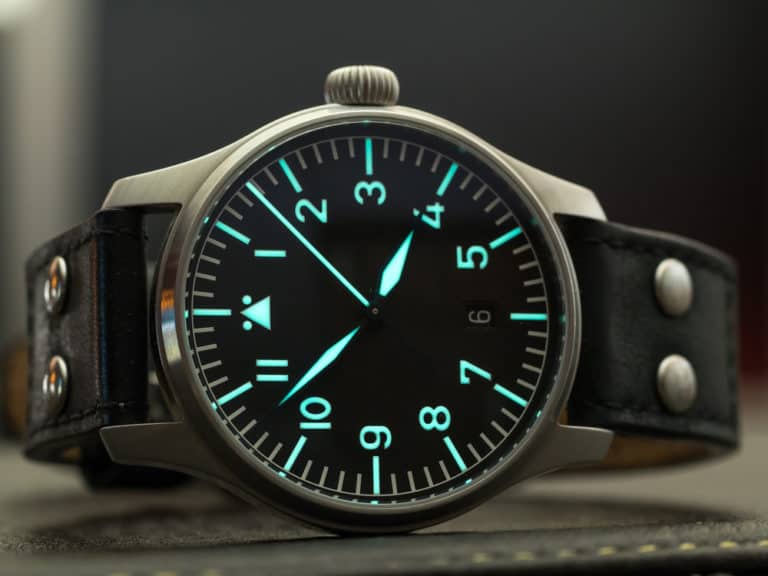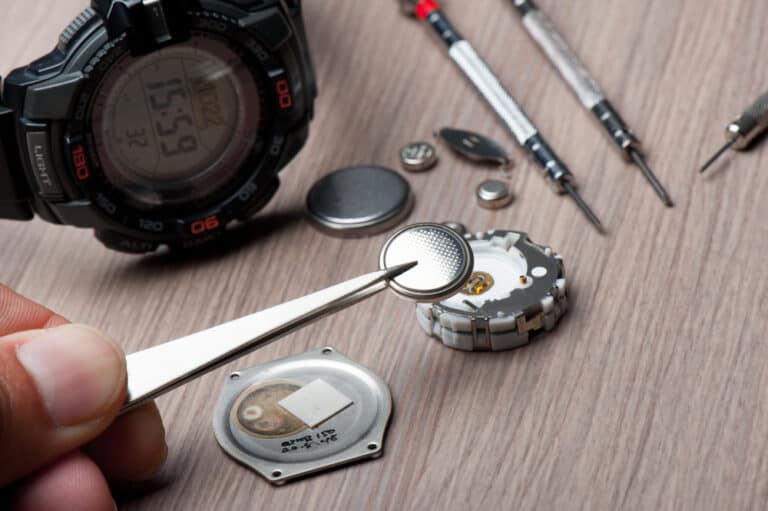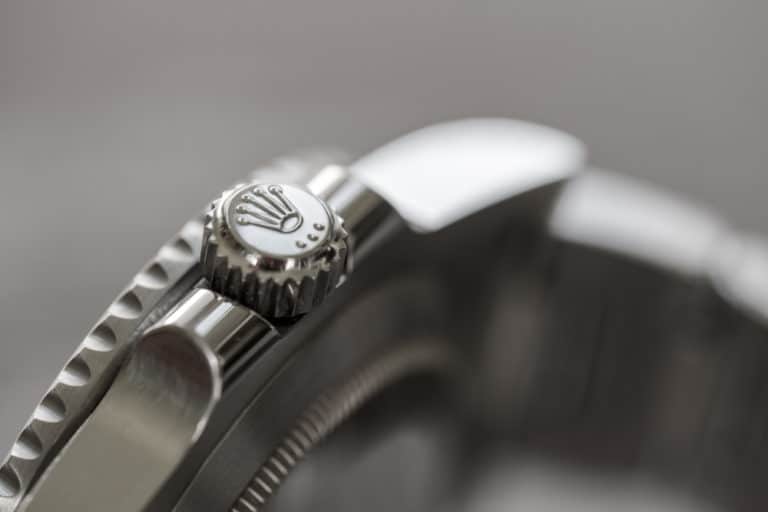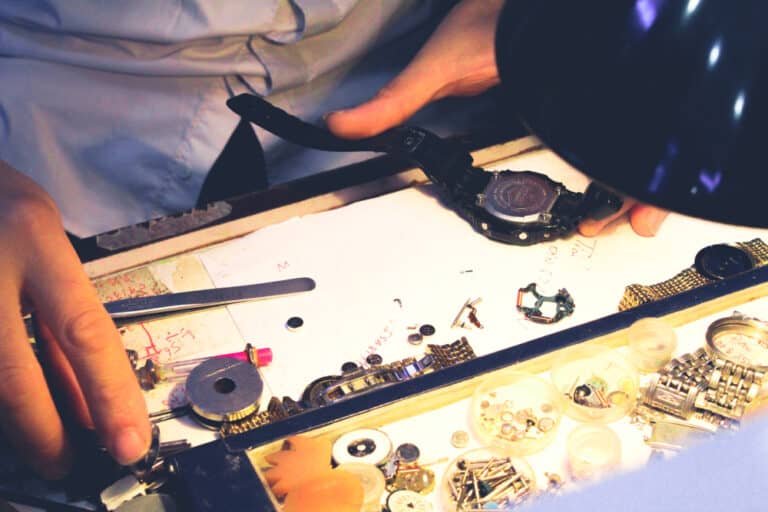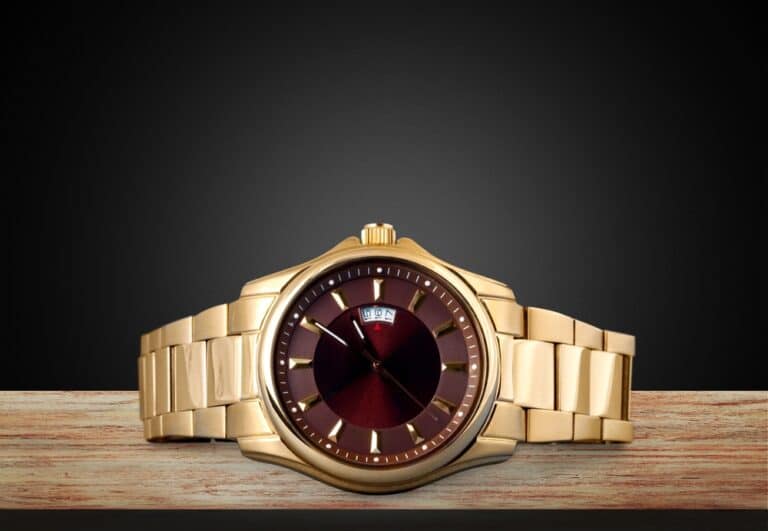Because watches were manufactured by experienced artisans by hand, watches were once costly. They are still thought to be handmade. In actuality, the labor component has decreased from 2,000 to merely two to four hours. Even well-known watchmakers produce the majority of their timepieces on assembly lines with semi-skilled labor. So, what makes watches expensive nowadays?
Several things make watches expensive. This includes the materials and finishings, different types of crystals, type of movement, extra features considered as complications, the stamp on the dial, supply and demand limitations, research and development costs, and money and prestige.
Long-standing companies like Patek Philippe make some of the most expensive and intricate watches. Nevertheless, the expensive timepieces do more than just keep the time. Several things make a watch valuable and cause its price to go up to make it expensive.
All About What Makes A Watch Expensive
Most people who love collecting watches usually have a general list of things they keep in mind when determining a watch’s value. Not only you, but many people also question why watches may be so pricey. Not all watches are expensive. Many companies produce quartz timepieces that cost a few hundred dollars and maintain the correct time. However, what factors into a watch being expensive?
Material And Finishings Of The Watch Determine The Cost
Unsurprisingly, one of the first things that make certain watches expensive is the materials used to manufacture that watch and what the end product looks like. When it comes to the materials, the precious metal used for things like the bracelet will undoubtedly lead to the watch costing more.
Steel has different grades. Therefore, some watches are made of cheap knockoff alloy that will not lead to a watch being costly. In contrast, those made of stainless steel will generally cost a pretty penny. This is because different grades of stainless steel have different compositions. Because of this, each composition will have special characteristics, pros, and cons.
For example, grade 201 is typically the weakest when it comes to materials as it is not durable since it is susceptible to scratches and wear and tear. This means you will likely find this grade of metal used in cheaper watches. Whereas the grade 316 L is generally found in watches that are more on the expensive side.
Furthermore, there are other expensive options to consider apart from steel. These range from titanium cases to different kinds of gold, like rose gold or yellow gold. The finishings on cases play a crucial role in how expensive a watch will be.
This is because they are highly noticeable. Things like beveling, lug curvature, and different brush and polish services of the case or bracelet will determine whether a watch is expensive.
Crystals Play An Important Role In A Watches Price
Crystals are also something that can skyrocket the price of a watch. Perhaps not as much as a precious metal, but they too play a significant role in how expensive a watch will be. This is because crystals are excellent indicators of the kind of watch it is.
To understand, first, you must know that there are typically three well-known types of crystals that are prominent in watches. These are Plexiglas, mineral crystals, and sapphire crystals. Plexiglas is on the low end as it is the cheapest crystal that can be found on inexpensive watches. They also do a poor job at staying scratch free.
Mineral crystals are a step above Plexiglas crystals as they tends to hold their own better against scratches. Sapphire crystals can often be seen on luxury timepieces that, you guessed it, are expensive. This is because these kinds of crystals are scratch resistant. Although sapphire watches are not entirely resistant to blunt impact, they are a good indication of the value placed on a watch.
Watch Movements Determine How Costly A Watch Is
When looking at watches, one can observe two main types of movements. These are quartz and mechanical. Quartz watches are known to tick every second. In contrast, mechanical watches tend to have second hands that are constantly on the move, which is generally referred to as sweeping seconds hands. Interestingly, watch movements also determine just how expensive a watch will be.
Quartz watches are powered by electrical charges in small crystal quartz. In contrast, mechanical watches are only powered by mechanics consisting of wheels, gears, and springs. Although quartz watches triumph over mechanical watches when it comes to accuracy, they aren’t really expensive.
As much as the quartz watch will be more accurate at keeping time, the movement of mechanical watches will always lead to an expensive watch. Part of the reason a watch that moves mechanically is expensive is due to its novelty, but mostly the hard work, craftsmanship, and creation that goes into the watch’s movement.
The most expensive watches are mechanical ones. As you might think, it takes a lot of skill to create one that maintains accuracy under extreme physical pressure without giving in to the rules of physics that apply to rotating mechanisms.
Complications Of A Watch Determine How Expensive It Is
This simply refers to any other additions that the watch has apart from the function of telling time. Essentially, there is more that the watch has to offer in addition to the hours, minutes, and seconds it displays.
For example, watches now feature a date. This can be considered an additional function or complication. Some other complications would be a perpetual calendar, a celestial map, etc. These complications often lead to a watch being expensive as they take time to not only design but also manufacture.
These complications simply mean there is more craftsmanship behind the watch and therefore add value. Most high-end luxury timepieces are hand-assembled by incredibly skilled watchmakers enthusiastic about their work. The hundreds of small bits and gears that make up these watches are what enable them to function.
The correct date, day, etc., are displayed on watches with date windows or perpetual calendars because of the parts that were built into the watch, not due to a machine’s microchip. It is not the materials alone that make it expensive; instead, the intricacy of the mechanism and the level of craftsmanship required to build it will significantly increase the cost.

The Stamps On The Dial Impact A Watches Cost
Generally, two types of stamps can be seen on a dial. Many high-end and thus expensive watches feature a logo stamp or an applied logo stamp. These are generally markings that refer to where the watch has been manufactured.
Not that all watches are pricey because of their brand. Although watches aren’t necessarily pricey, they could be if particular brand names are imprinted on them. Swiss-made is an example of one such brand as it has hundreds of years of heritage, and they generally charge an arm and a leg for their watches.
This has led to the emergence of a niche market for timepieces that are marketed to dupe unwary customers into believing they are purchasing a costly watch for a reasonable price. Watches like this have specific names like forgeries or, more likely, fakes for a reason.
Brand value plays a crucial role in how expensive a watch truly is. Most buyers of expensive watches aren’t seeking highly accurate timepieces. They are searching for a way to set themselves apart from the other people on the streets. This is how status or luxury is defined, by linking it to an uncommon, pricey item, and hence out of reach of most people’s earnings.
The cost of the item is not a result of its exclusivity. Instead, it’s the opposite. Making something costly for the other consumers is the sole way to keep it exclusive. Expensive watches owe much more to the brand imprinted on them than to the components used in their construction.
And most of the time, the tiny crown stamped on the watch’s dial or the rear accounts for a high percentage of the cost. Many businesses base their product’s price on its perceived value. So, it is no surprise that their manufacturing companies will perceive watches with stamps on the dial to be of high value. Thus, the watches are expensive.
Limiting A Certain Model Watch Increases Its Costliness
Brands have been known to create a supply that does not meet demand regarding certain models of watches. This limitation is clever as it increases demand for that particular model. This means that the price of the model will go up. Essentially, supply and demand play a role in making watches expensive.
Brand value and exclusivity make watches expensive. However, as much as well-known brands are a good indication of the quality and therefore costly, it doesn’t always mean this. Luxury watch manufacturers have significant profit margins because they may charge high prices while maintaining a market for their products.
Additionally, by raising their pricing, they boost the brand’s exclusivity and raise the demand for their timepieces, both of which are crucial for a premium brand. Therefore, luxury watch companies depend on keeping supply and demand at odds. This is true because it takes longer to create an item with more complexity and because it reinforces the notion that the buyer is investing in a luxury good.
Development And Research Costs Increase Costs Of Watches
As with most manufacturing companies in the world, the research and development costs play a crucial role in just how expensive the end product will be. It’s critical to comprehend the research and development, labor-intensive hours, and tactile embellishments that go into creating a luxury watch.
The considerable care taken in every stage of manufacture frequently distinguishes a product as being expensive. While most people now place a greater focus on efficiency and speed in many areas, luxury watch manufacturers still depend on the skilled hands of artisans who must undergo extensive training before they can begin making incredible watches.
Take into account the decades of research and advancement that have gone into perfecting each stride of the watchmaking procedures when considering a luxury timepiece. For example, the development of lengthy power reserves, specialized dial mounting, movements, and finishing methods that guarantee a watch will remain elegant for years.
Be aware that when you purchase a luxury watch, you are also purchasing millions of hours of labor in addition to the brand’s status. The price will definitely increase as a result of the expense of doing business. This is another factor that makes watches expensive.
Money And Prestige Make Certain Watches Expensive
The truth is that there are plenty of people who are wealthy enough to not care how much certain items cost, which is one of the fundamental reasons why high-priced watches exist. They purchase it if they notice it and desire it. So as long as there are such purchasers, suppliers will be willing to offer extremely expensive watches. No limitations.
People are still eager to spend more and more money on ever-fancier luxuries, albeit not for logistical reasons. Instead, they do so because they are captivated by the item’s beauty, rarity, or quality. After all, they desire to flaunt their wealth, support the maker financially, or see it as an investment.
These people typically pay for the psychological benefits and increased self-worth that come with the higher social standing that comes with owning a luxury good.
Conclusion
Beyond the sentimental value or social standing, some watches are worth the price. Some are built to maintain accuracy in situations with strong magnetic fields and other extreme situations. For example, certain diver’s timepieces are capable of withstanding depths that a person could never endure.
What accounts for some watches’ high prices? There are criteria for workmanship, just as anything else. How complex the mechanism is, how it’s put together, the materials used, the caliber of the gems, and what grade of pure gold, platinum, or silver the watch is. Other things that play a role in a watch’s cost are serviceability, precision, and ruggedness.

